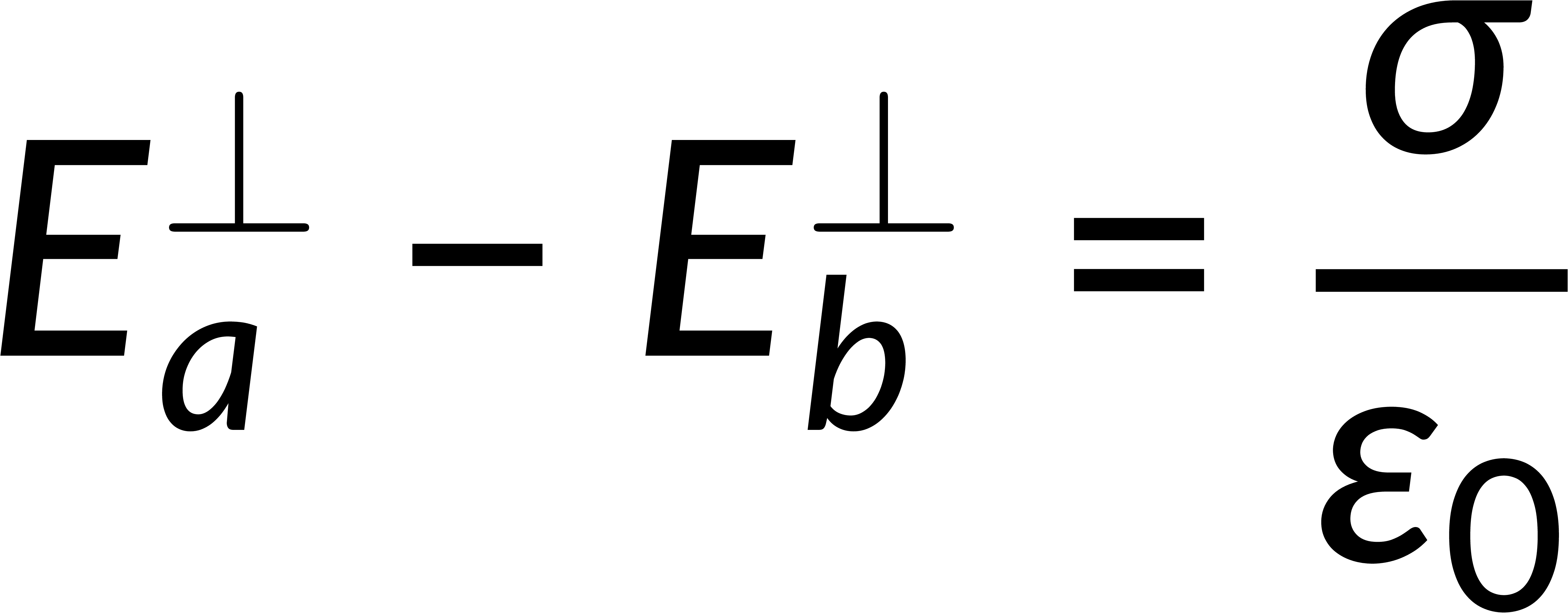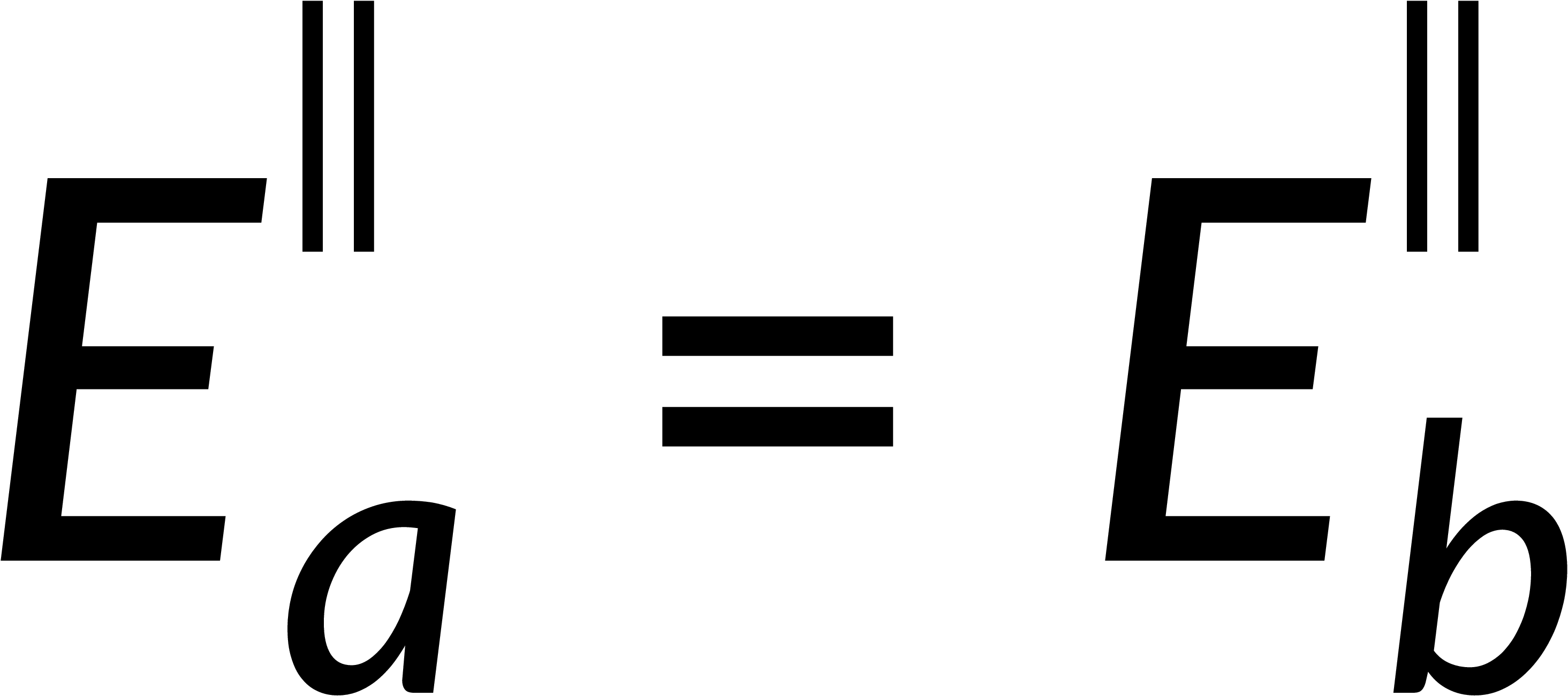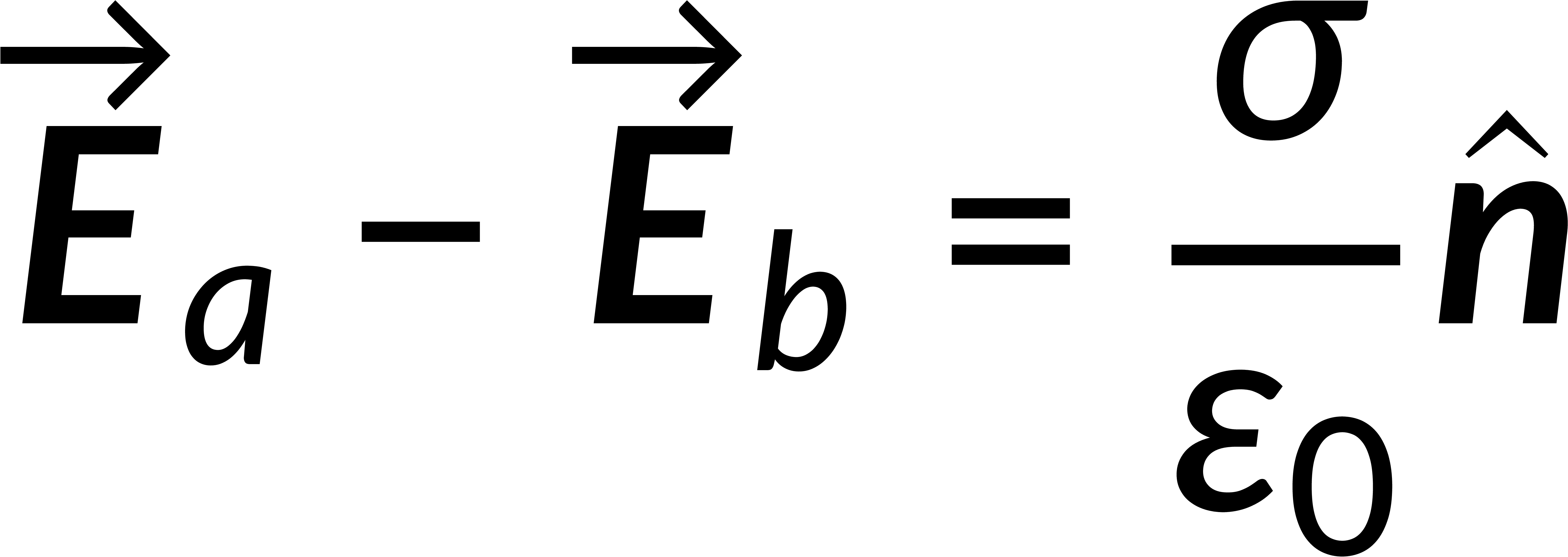24.14 : Electrostatic Boundary Conditions
Consider an external electric field propagating through a homogeneous medium. When the electric field crosses the surface boundary of the medium, it undergoes a discontinuity. The electric field can be resolved into normal and tangential components. The amount by which the field changes at any boundary is given by the difference between the field components above and below the surface boundary.
The surface integral of an electric field is given by Gauss's law in integral form and is related to the total enclosed charge. Consider a Gaussian pillbox on the surface boundary. The surface integral of the field is the sum of the integrals over all the surfaces of the pillbox. If the thickness of the pillbox tends to zero, then the surface integral includes only the contributions of the pillbox faces above and below the boundary. Solving this gives the discontinuity of the normal component of the electric field at any surface boundary.

To estimate the discontinuity of the tangential component, consider a loop on the surface boundary. The integration of the electric field over this closed path is zero. Breaking this into the contributions from four parts of the loop and applying the condition that the thickness of the loop tends to zero implies that the tangential component of the electric field is continuous across the boundary.

Combining the normal and tangential equations, the field at the boundary can be written by defining the unit vector perpendicular to the surface. It is known that the electric field is the negative gradient of the potential. The line integral of the field from below to above the boundary tends to zero, implying that the potential is continuous across any boundary.


Du chapitre 24:

Now Playing
24.14 : Electrostatic Boundary Conditions
Electric Potential
415 Vues

24.1 : Potentiel électrique Énergie
Electric Potential
5.7K Vues

24.2 : Énergie potentielle électrique dans un champ électrique uniforme
Electric Potential
4.6K Vues

24.3 : Énergie potentielle électrique des charges en deux points
Electric Potential
4.5K Vues

24.4 : Potentiel électrique et différence de potentiel
Electric Potential
4.3K Vues

24.5 : Détermination du potentiel électrique à partir du champ électrique
Electric Potential
4.0K Vues

24.6 : Calculs du potentiel électrique I
Electric Potential
1.9K Vues

24.7 : Calculs du potentiel électrique II
Electric Potential
1.6K Vues

24.8 : Surfaces équipotentielles et lignes de champ
Electric Potential
3.6K Vues

24.9 : Surfaces équipotentielles et conducteurs
Electric Potential
3.3K Vues

24.10 : Détermination du champ électrique à partir du potentiel électrique
Electric Potential
4.3K Vues

24.11 : Équation de Poisson et de Laplace
Electric Potential
2.6K Vues

24.12 : Groupe électrogène Van de Graaff
Electric Potential
1.7K Vues

24.13 : Énergie associée à une distribution de charge
Electric Potential
1.5K Vues

24.15 : Deuxième théorème d’unicité
Electric Potential
975 Vues